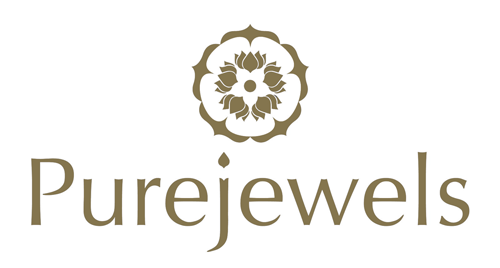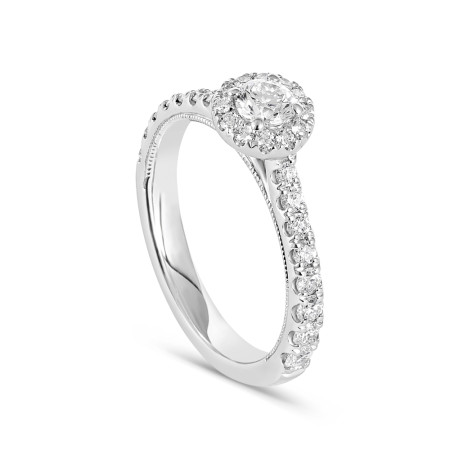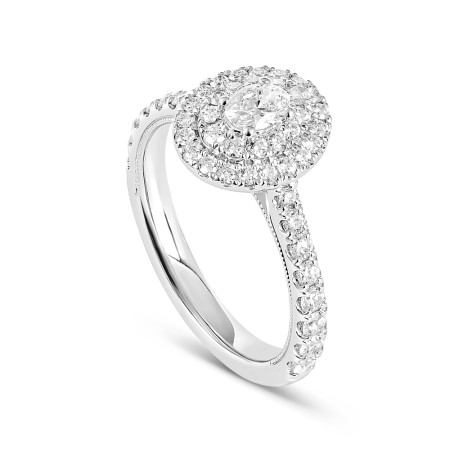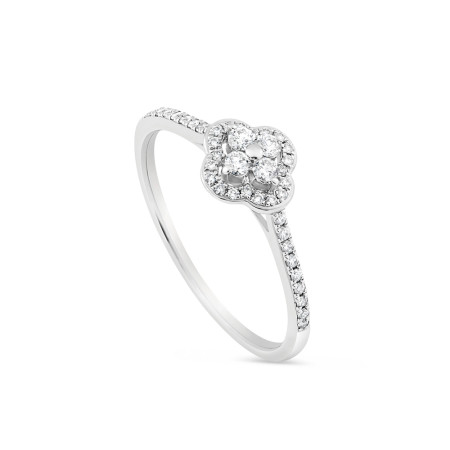Different Types of Platinum Jewellery at Purejewels
At Purejewels, we offer an exclusive selection of platinum jewellery, classic and contemporary designs designed to elevate your style with its timeless elegance and enduring strength. Platinum is renowned for its purity, durability, and sophisticated appearance, making it a perfect choice for luxury platinum jewellery. Here are some of the stunning platinum jewellery pieces available at Purejewels, including the platinum bracelets, chains, rings:
Platinum Rings
Engagement rings with platinum bands and diamonds are a popular choice for those seeking a blend of elegance and durability. These engagement rings feature platinum, with classic and contemporary designs a strong and tarnish-resistant metal that perfectly complements the sparkle of diamonds. Whether you prefer classic solitaire engagement rings or more intricate designs, platinum engagement rings offer a timeless appeal. The brilliance of the diamonds paired with the luster of platinum makes these engagement rings a luxurious symbol of love. With their lasting quality, engagement rings in platinum bands are a perfect representation of commitment, making them an ideal choice for any couple.
Platinum Wedding Bands
Our collection of platinum wedding bands is a symbol of commitment and elegance. Crafted for both comfort and durability, these wedding bands are perfect for a lifetime of wear. Choose from sleek, polished designs or intricate styles featuring diamonds or other gemstones.
Platinum Earrings
From delicate studs to glamorous drop earrings, our platinum earrings provide the perfect finishing touch for any occasion. These pieces are timeless, adding a touch of sophistication to your jewellery collection.
Platinum Necklace
Platinum necklaces offer refined elegance, whether in the form of a simple chain or a more ornate design. They are versatile enough to complement both everyday attire and formal outfits.
Platinum Bracelet
Our platinum bracelet collection combines luxury and comfort. These bracelets, ranging from minimalist designs to more elaborate styles, are perfect for adding a touch of elegance to any wrist.
Tennis Bracelet UK
The tennis bracelet UK at Purejewels is a stunning piece, featuring a continuous line of diamonds or gemstones set in platinum. Known for its classic and timeless design, this bracelet adds a sophisticated touch to any outfit and is perfect for special occasions.
Explore the exquisite range of platinum jewellery at Purejewels and discover the perfect piece, from platinum bracelet to tennis bracelet UK, that reflects your unique style and celebrates life’s special moments.





































